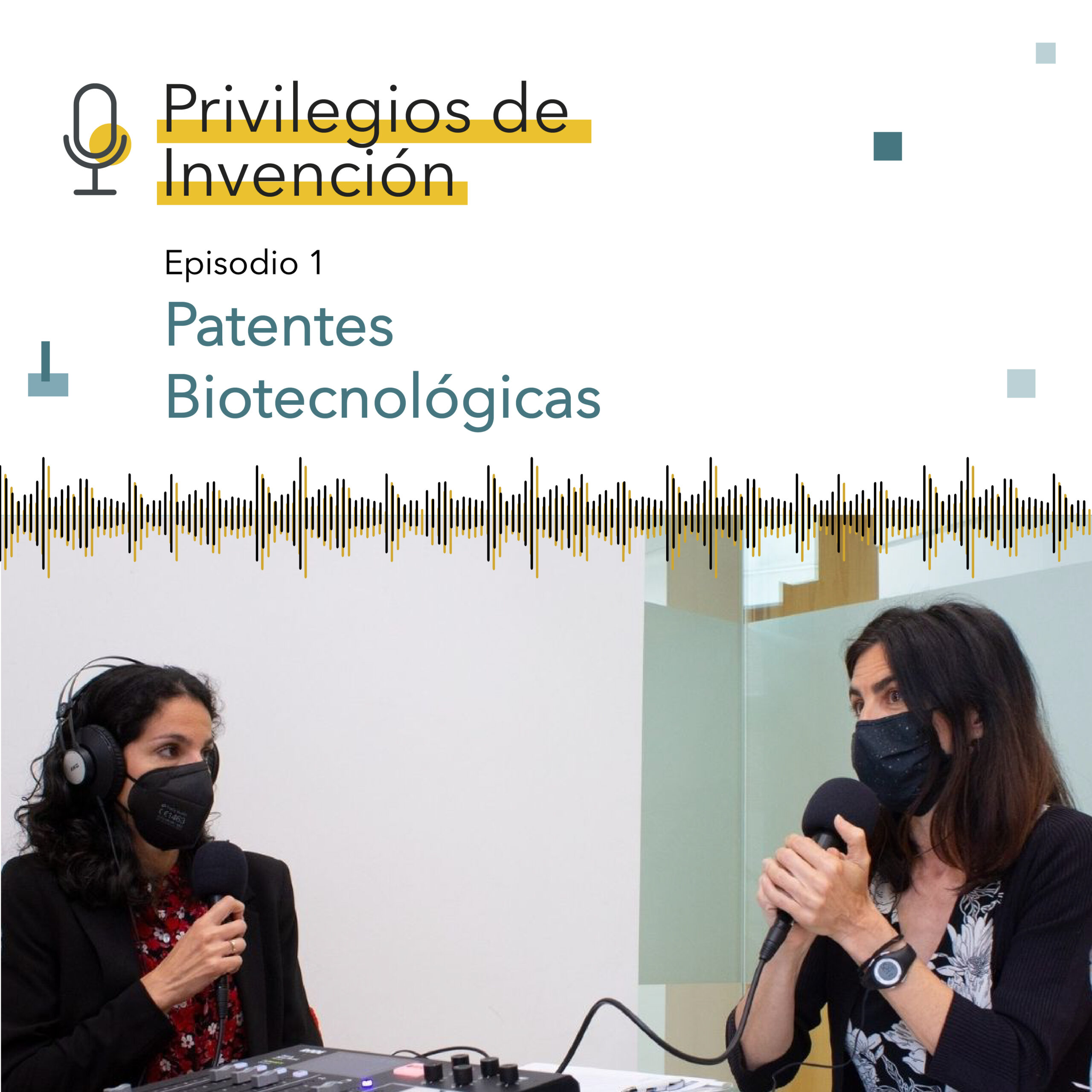The last 3 years, i.e. 2019, 2020, and 2021, have been very important for the context of intellectual property in China. Laws on intellectual property rights have been revised and have come into force in order to continue improving and strengthening the intellectual property protection system.
- On April 23, 2019, revisions to the Trademark Law were passed, coming into force on November 1, 2019. The key objectives are to curb trademark applications in bad faith, without intent to use and to strengthen the protection of trademarks as well as law enforcement;
- On April 23, 2019, revisions to the Unfair Competition Law were passed, coming into force on the same day. One of the main objectives was to strengthen the protection of trade secrets;
- On May 28, 2020, the Civil Code, which came into force on January 1, 2021, was established. The Civil Code is the first of its kind established in the country and builds on a number of current regulations and laws. It contains 7 parts and 1,260 articles, 52 of which are related to intellectual property. The text defines the scope of intellectual property and establishes punitive damages in case of serious breaches;
- On October 17, 2020, the revisions to the Patent Law were passed, coming into force on June 1, 2021. The details thereof will be explained below in this article.
- On November 11, 2020, revisions to the Copyright law were passed, coming into force on June 1, 2021. The highlighted aspects include the availability of punitive damages and greater compensation for copyright infringement, the consideration of a broader category of ‘audiovisual’ works, the expansion of the scope of certain rights, among others.
Revisions to the Trademark Law, the Unfair Competition Law, the Patent Law, and the Copyright Law are aligned regarding the aspects of greater legal compensation in case of infringement and punitive damages:
Some of the most relevant changes in China’s patent law have been highlighted below.
MAIN CHANGES IN CHINA’S PATENT LAW(CPL)2021.
Over the last decade, China has experienced an incredible pace of development. Therefore, the previous version of the patent law could no longer meet market demands, including those arising from China’s preparations to subscribe to the Hague Agreement.
The revisions to China’s patent law strengthen patent protection by broadening the scope of protection, promote the implementation and exploitation of patents, and align with international standards. Some of the most important changes are:
- Design protection period
The design protection period is extended from 10 to 15 years.
Behind this change, lies China’s need for joining the Hague system, which requires a minimum of 15 years of protection for designs.
- Partial design protection
Under the 2008 Patent Law, design patents can only be granted when applied for together with a product. This practice is different in the US and the EU, where partial designs can be registered separately. Note that China includes design rights under the patent law.
Therefore, the definition of designs has been amended to include, regarding a product, new designs, whether in whole or in part, the pattern or combination thereof, or the combination of color with shape and pattern, which are eligible for industrial designs.
- Prior disclosures. Grace period. Novelty protection
The revised CPL ensures that an invention (for which a patent application is filed) does not lose its novelty if, within six months prior to the date of filing of the patent, the patent has first published its contents for purposes of public interest, such as national emergency or exceptional circumstances.
This provision expands the list of cases which, in the previous version of the law, included voluntary disclosures made by third-parties without the applicant’s consent or disclosures related to exhibitions recognized by the Chinese government or published for the first time at a specific academic or technological conference.
Something that is not yet clear is what other events may qualify under the CPL as national emergencies and what are the “exceptional circumstances” mentioned in such provision. However, a good example of the future beneficiaries of this provision could be pharmaceutical companies that manufacture vaccines. As such, these companies can publish early-stage information about the potential patent, maintaining the novelty.
- Patent term extension: China’s phase-one agreement commitments
Another provision included in the revision of the CPL is the obligation to allow for patent term extensions to compensate for unreasonable delays arising from the patent licensing procedure, i.e. ‘if the invention patent has been granted four years as of the application date, and three years have elapsed from the application date for the thorough examination, unless such delay was caused by the applicant’. This term extension must be requested by the patent owner.
Regarding pharmaceutical patents, to compensate for the delay caused by the approval process for marketing medicines in China, the protection term can be extended if requested by the patent owner. The maximum extension period is five years, and the total patent term, after being approved for the market, cannot exceed 14 years.
- Patent linkage system. Generic medicines.
China has implemented the patent linkage system in its bill. This mechanism implies that generic medicines can only be approved for the market when the medicine patent protection period has expired. It contrasts with the EU system, whose Bolar exemption application scope is different.
- Incorporation of punitive damages
To strengthen the protection of patent rights and increase the cost of infringement, China has incorporated, for the first time, a system of punitive damages in patent law. In the case of willful and serious patent infringement, the amount of compensation may be determined by more than one and less than five times.
Jialin Chen. Head of the Office in China.




